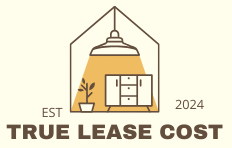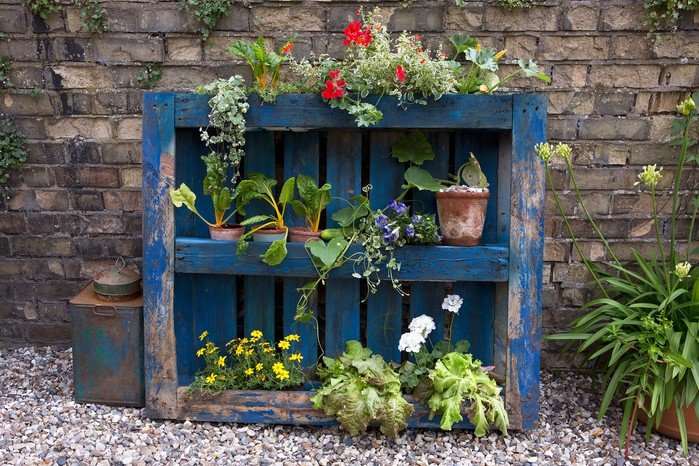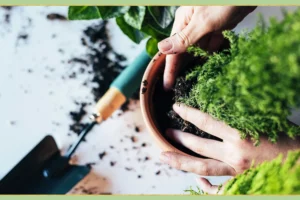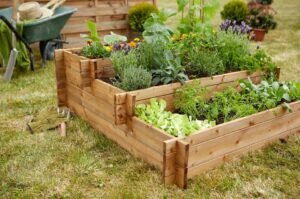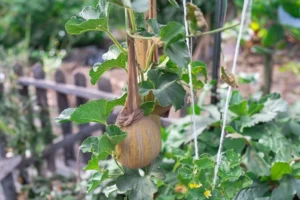Gardening is often considered an expensive hobby, with costs for tools, seeds, soil, and decorative items adding up quickly. But the truth is, you don’t need to spend a fortune to enjoy a thriving, beautiful garden. With some creativity and smart strategies, even beginners can build a productive and attractive garden without breaking the bank. Whether you’re growing flowers, herbs, or vegetables, there are plenty of low-cost gardening hacks that save money while making the process fun and rewarding.
This guide explores practical and budget-friendly gardening ideas tailored for beginners who want to start small and grow big—without draining their wallets.
Start Small with Containers and Recycled Pots
For beginners, one of the most cost-effective ways to start gardening is with containers. Instead of buying expensive planters, look around your home for items you can repurpose. Buckets, old storage bins, tin cans, or even unused kitchen bowls can become plant containers with just a few drainage holes drilled at the bottom.
Container gardening not only saves money but also allows flexibility. You can move pots around to get better sunlight or protect plants from harsh weather. Plus, it’s a great way to experiment with different plants before investing in a larger garden.
Use Kitchen Scraps to Grow New Plants
One of the best low-cost gardening hacks is regrowing plants from food scraps. Many vegetables and herbs can sprout again with just water and soil. For example:
- Green onions will regrow if you place the root ends in water.
- Lettuce, celery, and bok choy can sprout new leaves from their base.
- Potatoes and sweet potatoes can be planted from leftover pieces with eyes.
- Herbs like basil and mint will regrow from cuttings placed in water.
This simple trick reduces grocery waste while giving you a steady supply of fresh produce for free.
Make Your Own Compost at Home
Buying fertilizer can be expensive, but homemade compost is a free, nutrient-rich alternative. Composting is simple: collect kitchen scraps like fruit peels, coffee grounds, eggshells, and yard waste such as grass clippings and leaves. Over time, these break down into organic matter that enriches your soil naturally.
Not only does composting save money, but it also improves soil structure, retains moisture, and encourages healthy plant growth. Beginners can start with a small compost bin or even a simple pile in the backyard.
Save Seeds from Fruits and Vegetables
Instead of buying seed packets every season, consider saving seeds from produce you already use. Peppers, tomatoes, cucumbers, melons, and squash all produce viable seeds that can be cleaned, dried, and stored for planting.
This hack ensures a sustainable gardening cycle where one harvest leads to the next season’s growth, all at no extra cost. Over time, seed-saving helps you build a collection of plants well-suited to your local climate and soil conditions.
DIY Garden Tools and Accessories
Gardening tools can be costly, but you don’t always need fancy equipment. With a little creativity, you can make DIY tools at home. For instance:
- Plastic bottles can be turned into watering cans by poking small holes in the cap.
- Wooden spoons or chopsticks can double as plant markers.
- Old milk jugs can be cut into scoops for soil and fertilizer.
- Pallets can be transformed into vertical gardens for small spaces.
These homemade solutions work just as well as store-bought items and keep costs low.
Practice Companion Planting
Companion planting is a traditional technique that saves money while boosting garden productivity. By pairing certain plants together, you can naturally deter pests, improve soil health, and encourage growth without costly pesticides.
For example, planting marigolds near tomatoes helps repel insects, while beans fix nitrogen in the soil for leafy vegetables like spinach. Learning which plants complement each other reduces the need for extra fertilizers or pest-control products, making your garden healthier at no added expense.
Collect Rainwater for Free Irrigation
Watering your garden daily can increase utility bills, but a simple rainwater collection system can solve that problem. Install barrels or buckets beneath your roof gutters to gather rainwater for hydrating your plants.
Rainwater is chemical-free and often better for plants than tap water. For beginners on a budget, this eco-friendly method provides free irrigation and reduces reliance on municipal water sources.
Mulch with Natural Materials
Mulching helps retain soil moisture, suppress weeds, and regulate temperature—but store-bought mulch can be pricey. Instead, use natural materials you already have at home. Grass clippings, shredded leaves, straw, and even cardboard make excellent low-cost mulch.
Not only does this strategy reduce weeding and watering, but it also enriches your soil as the organic material decomposes. Beginners will find this hack both simple and budget-friendly.
Swap and Share with Local Gardeners
Community connections are an invaluable resource for low-cost gardening. Many neighborhoods have local gardening groups, online forums, or seed-swapping events where members trade seeds, cuttings, and even tools.
By joining these groups, beginners can gain access to free resources, valuable advice, and encouragement from experienced gardeners—all while saving money.
FAQs About Low-Cost Gardening
1. Can I start a garden without spending any money?
Yes! By using recycled containers, regrowing plants from scraps, and making your own compost, you can start a garden with little to no upfront cost.
2. What are the cheapest vegetables to grow at home?
Some of the most affordable and productive vegetables include lettuce, spinach, radishes, green onions, and beans. These grow quickly and yield multiple harvests.
3. How can I save money on soil?
You can improve existing soil with homemade compost, leaf mold, or manure from local farms. Mixing sand and perlite with garden soil can also enhance drainage at low cost.
4. Do homemade garden tools work as well as store-bought ones?
For basic gardening tasks, DIY tools made from recycled materials work surprisingly well. While heavy-duty jobs may need sturdier tools, homemade versions are sufficient for beginners.
5. Is it worth saving seeds every year?
Absolutely. Saving seeds not only cuts costs but also helps create a self-sustaining gardening system. Over time, seeds adapt to your local growing conditions, improving yields.
Conclusion
Starting a garden on a budget doesn’t mean sacrificing quality or results. With low-cost gardening hacks such as container planting, composting, seed saving, and using recycled tools, beginners can create thriving gardens without overspending. By practicing companion planting, collecting rainwater, and connecting with local gardening communities, you not only save money but also build a more sustainable and rewarding gardening experience.
Gardening doesn’t have to be an expensive hobby—it can be a smart, budget-friendly lifestyle choice. With these simple hacks, even beginners can enjoy the beauty and benefits of gardening while keeping costs low.
